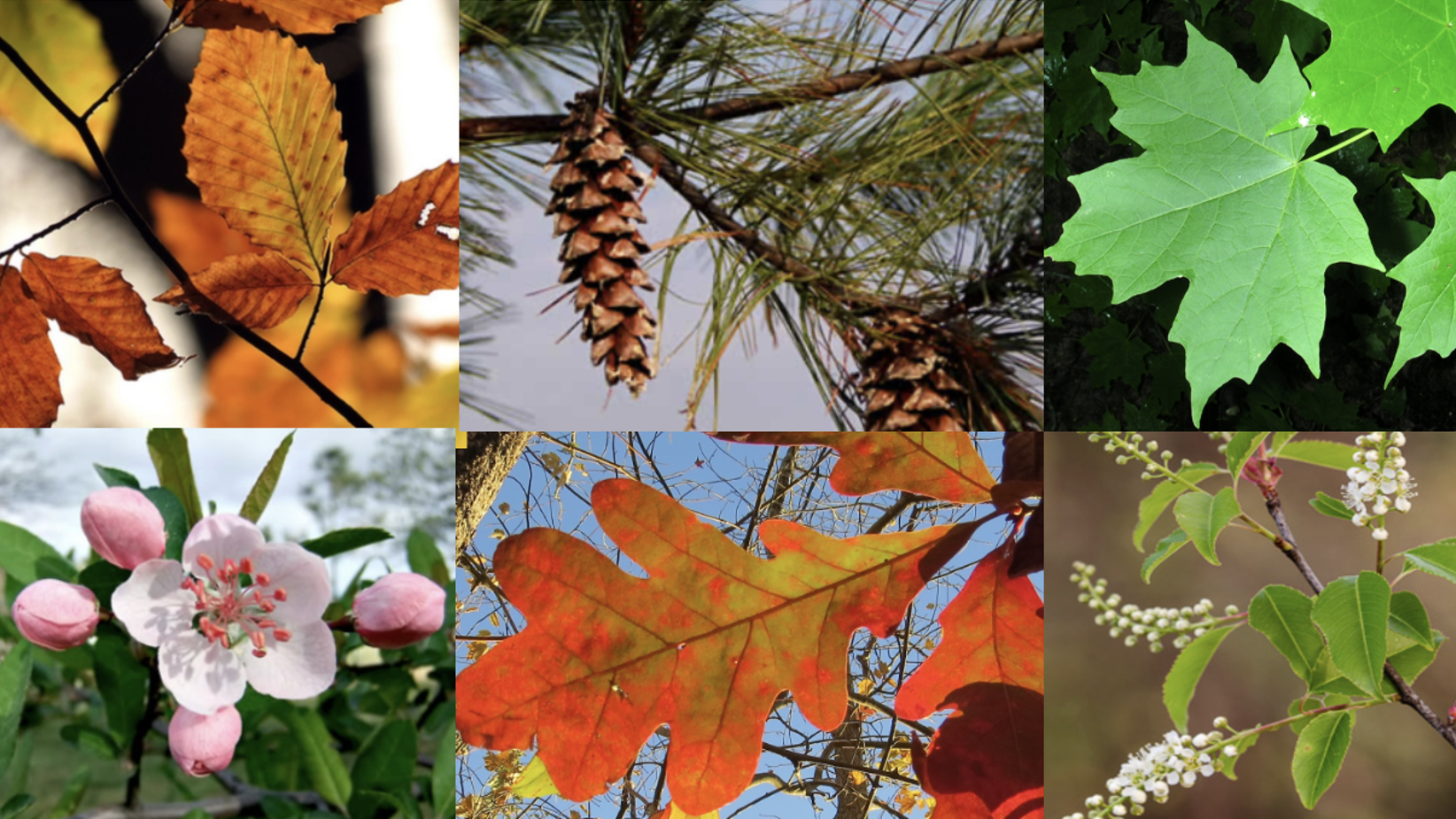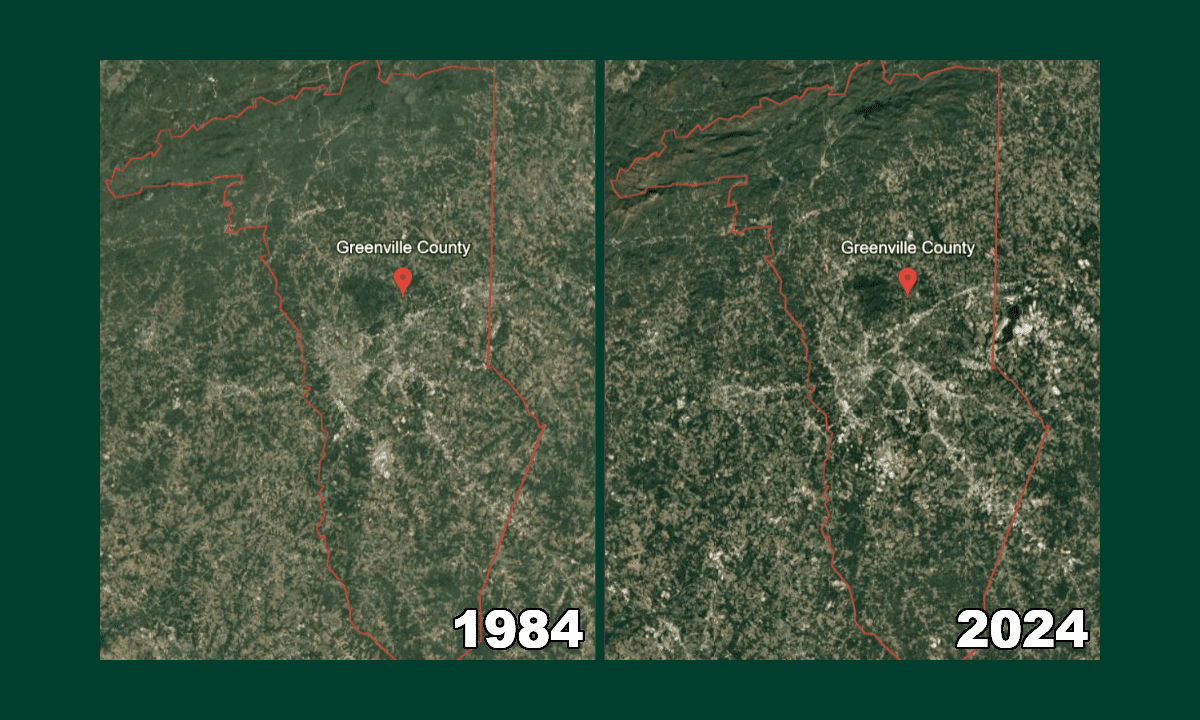By Randi Oury, SCNPS Upstate Member
 It’s official! Summer has come to an end. The leaves are changing to splendid colors and beginning to fall from the trees. Winter winds and colder temperatures are upon us. To many of us, this is our cue to start planning for next year’s garden. Autumn may also raise some questions about next year’s propagation. Here are some of the most frequently asked questions. How do I store my seeds? How and when is the time to start seeds in the spring? Do they need stratification? What plants do best with cuttings?
It’s official! Summer has come to an end. The leaves are changing to splendid colors and beginning to fall from the trees. Winter winds and colder temperatures are upon us. To many of us, this is our cue to start planning for next year’s garden. Autumn may also raise some questions about next year’s propagation. Here are some of the most frequently asked questions. How do I store my seeds? How and when is the time to start seeds in the spring? Do they need stratification? What plants do best with cuttings?
On occasion, the SCNPS will receive similar inquiries about the propagation of specific plants. And though we’re always glad to answer your questions, it’s also helpful to have your own resource materials at hand, whether its books, manuals or great websites – and they are numerous. In this brief article, I will review and summarize several propagation books and provide several online resources we are fond of here. While all are good, each has a different style and level of detail. Here’s my recommended short list that is not in any particular order.
Secrets of Plant Propagation: Starting Your Own Flowers, Vegetables, Fruits, Berries, Shrubs, Trees, and Houseplants by Lewis Hill.
I found this book to be a well-organized paperback and excellent source for beginners, with simply written, easy to follow steps and nice graphics. The more advanced gardener may also discover new techniques and tips to improve their own results. The book is full of excellent detail with illustrations and specific plant profiles for individual species, propagation methods for seeds, herbaceous plants, trees, shrubs and vines, and grafting. First printed in 1985, the book is still widely available on Amazon both new and used.
Growing and Propagating Wild Flowers by Harry R. Phillips
 In the introduction of this book, the author describes the book as, “… designed, first, to give you a thorough grounding in the fundaments of gardening with native plant material and, second, to provide specific information on the propagation and cultivation of some one hundred genera of native plants.” And it delivers! This book is geared for the Naturalists and Native Plant enthusiasts and provides excellent information. “Based on ten years of pioneering research at the North Carolina Botanical Garden, Growing and Propagating Wild Flowers features practical, easy-to-follow methods for raising native plants from seeds, cuttings, and division-specific instructions on the propagation and cultivation of plants representing nearly 100 genera of wild flowers, carnivorous plants, and ferns more than 250 illustrations, including 32 color photographs.” Also printed in 1985 and available on Amazon both new and used.
In the introduction of this book, the author describes the book as, “… designed, first, to give you a thorough grounding in the fundaments of gardening with native plant material and, second, to provide specific information on the propagation and cultivation of some one hundred genera of native plants.” And it delivers! This book is geared for the Naturalists and Native Plant enthusiasts and provides excellent information. “Based on ten years of pioneering research at the North Carolina Botanical Garden, Growing and Propagating Wild Flowers features practical, easy-to-follow methods for raising native plants from seeds, cuttings, and division-specific instructions on the propagation and cultivation of plants representing nearly 100 genera of wild flowers, carnivorous plants, and ferns more than 250 illustrations, including 32 color photographs.” Also printed in 1985 and available on Amazon both new and used.
Native Plant Propagation by Jan A.W. Midgley
Now in its 5th edition, this spiral-bound, self-published manual contains intensely detailed information for a couple of hundred individual species emphasizing plants found in the Carolinas, Georgia, Virginia, Tennessee and her home state of Alabama. Midgley owned a native plant nursery for thirty four years and has been gardening with native plants for 40 years. She also lectures and writes about the cultivation and propagation of native plants. The author is a noted and prolific writer on perennial flowers and plants of numerous states in the southeast and beyond. Her Southeastern Wildflowers: Your Complete Guide to Plant Communities, Identification, Cultivation and Traditional Uses (1999) is a classic reference book. In the introduction of Native Plant Propagation the author states that, “Growing plants from seeds is the main focus of this book because seed grown plants provide more assurance for the longevity of a species.” The first 10 or so pages covers the author’s preferences and methodology for division, layering, cuttings and rhizomes. The next section covers detailed plant profile data for perennial flowering plants arranged alphabetically by both the Latin and common name. Individual species include forbs, grasses, vines, shrubs and trees. Obviously extremely knowledgeable, Midgley provides a highly detailed explanation of propagation methods. This book cuts straight to the chase. You won’t find illustrations, photos or lovely drawings. You will, however, find pretty much anything you might need to know about the propagation method of each species, habitat where it’s found, when and how to germinate and other special qualities regarding each plant. I know a few naturalists and native plant cultivators that find this their “favorite go-to book”. Many of her other books are found on Amazon or Books-A-Million, but this one is only available directly from the author.
Self-published. For a single copy mail a check for $27 to address below and the author promptly sends the material. Cost includes the book and shipping.
Address:
Jan Midgley
10560 W. Center Ave.
Lakewood, CO 80226
Email: midgleyjan231@gmail.com
Any one of the above-referenced books would offer something for anyone delving into native plant cultivation. The appreciation of native plants, and propagating rather than just “collecting” them, forwards their genetic strength and survival.
“May your life be like a wildflower, growing freely in the beauty and joy of each day.”
-Indigenous American Proverb
Additional Online Resources
http://namethatplant.net/ This site, created and maintained by Upstate member Janie Marlow has a wealth of information and photos of regional native plants in all stages of growth, including seeds.




